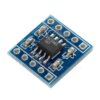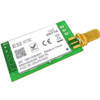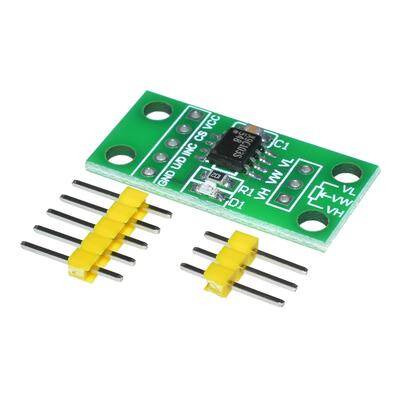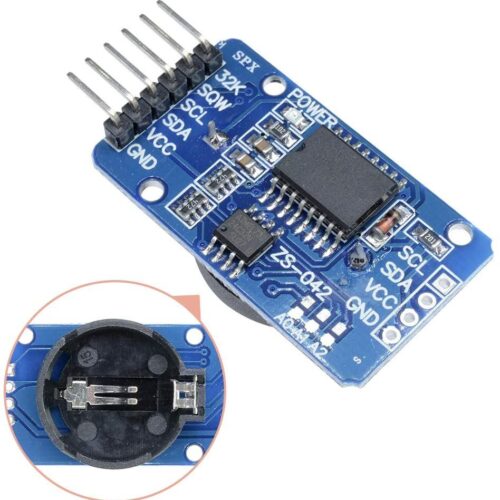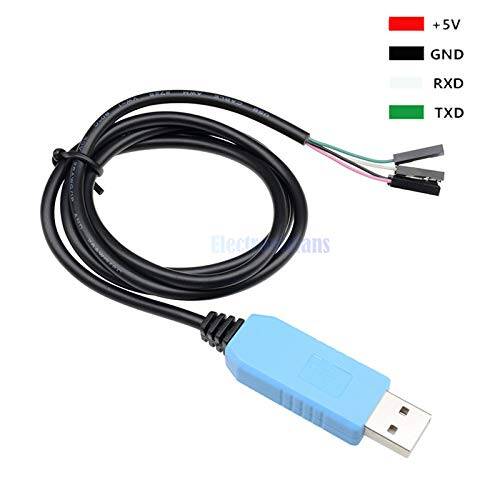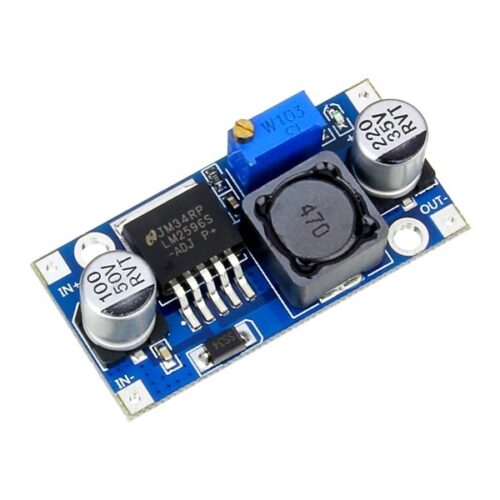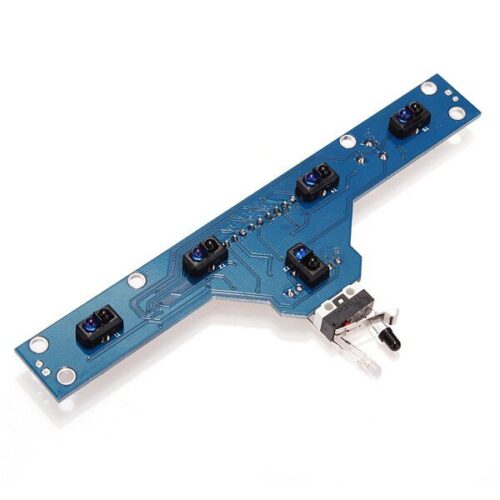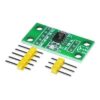No products in the cart.
Description
X9c103 Digital Potentiometer
Overview:
- Potentiometer are variable resistors.
- Traditional potentiometers use a mechanical mechanism to vary the resistance.
- This is a digital potentiometer –
- it is a variable resistor whose resistance value can be varied digitally from an Arduino or a Raspberry Pi.
- in addition It consists of a
- 3 pin output which can replace a mechanical potentiometer
- can also store the current position after a power off in non volatile memory and start from the same position on power on.
Uses X9c103 Digital Potentiometer
- for example Potentiometers are incredibly useful,
- whether you’re controlling the volume on your stereo, the ‘mood lighting’ in your room, speed of a DC Motor, etc.
- The problem with traditional potentiometers is the fact that your microcontroller doesn’t have an easy way to interface with them.
- Digital Potentiometers solve that problem by allowing you to control a voltage splitter with digital signals.
Instructions
- Wire it up just like a potentiometer and use signals to ‘turn the knob.’
- Another handy feature of digital potentiometers is that because they aren’t controlled mechanically,
- they don’t have a pre-determined sweep profile.
- In other words, depending on the way you write your code the potentiometer can ‘sweep’
- in a linear fashion,
- a logarithmic fashion,
- or according to any other profile you like.
- Digital potentiometers can also be used in conjunction with rotary encoders
- to consolidate large banks of potentiometers into one ‘smart’ rotary control.
Features X9c103 Digital Potentiometer
- Simple 3 pin interface to control the resistance!
- Supply voltage: 3V-5V
- Chip: X9C103S
- PCB board size: 2.7 * 1.3CM
- 10K span potentiometer.
- Potentiometer center tap between 0-10k slide in total 100 (potentiometer wiper typical impedance 40 ohms)
- VL and VH digital potentiometer sliding rheostat port corresponding to the low-end and high-end, allowing the input voltage range -5V to + 5V.
Related products
KSh2,000.00

